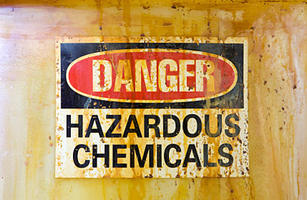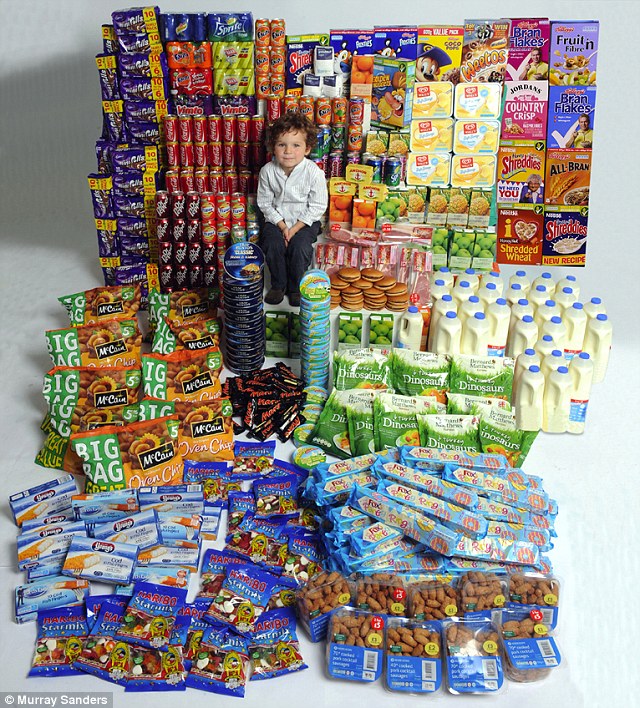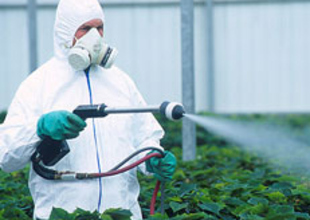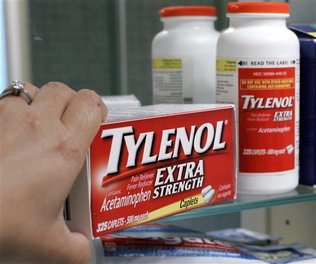
© unknown
Last week, and capping at least a
decades-long battle by consumer advocates, the EPA
announced a long-awaited ban on the pesticide endosulfan - one of the last legal organochlorine pesticides, a notorious group of which DDT is a member. Horrifically toxic (possibly more toxic to humans than DDT) and banned in the European Union since 2007, endosulfan remains in common - though technically restricted - use, especially on Florida tomatoes and California and Nevada cotton, according to the
Pesticide Action Network, while an article in the
Environmental Health News presents a much
longer list of uses, including melons, cucumbers, squashes, potatoes, apples, blueberries, eggplant, lettuce and other leafy vegetables, pears, peppers and stone fruit and cotton.
Endosulfan also easily spreads through the air (no doubt like the nerve gases from which pesticides such as this were derived). A 2008 National Park Service
report found significant levels of endosulfan throughout Western national park eco-systems, even when there was no nearby agricultural use. A
Scientific American article observed, unlike its organochlorine brethren, endosulfan's environmental concentrations "have been increasing since the 1980s in the Arctic and in other remote ecosystems." As a result of all this and along with other data released during the EPA's lengthy re-examination of the pesticide, California delared endosulfan to be a "toxic air contaminant" in 2008.








Comment: For more information on the growing concerns of sunscreen read the following articles:
Study: Many Sunscreens May Be Accelerating Cancer
Toxic Fears Spark Some Parents to Rethink Sunscreen
More Bad News About Sunscreens: Nanoparticles
Senator asks FDA to Share Data on Possible Sunscreen Chemical-Cancer Link